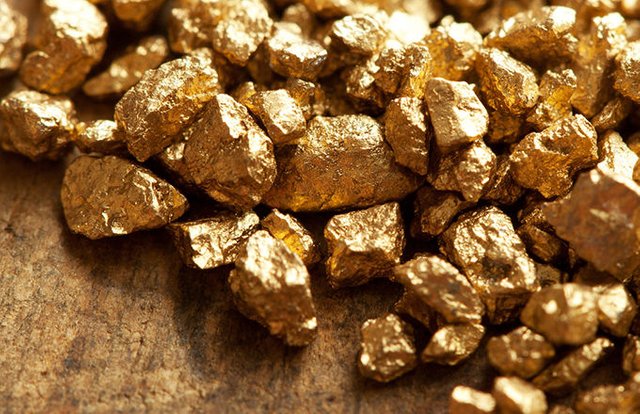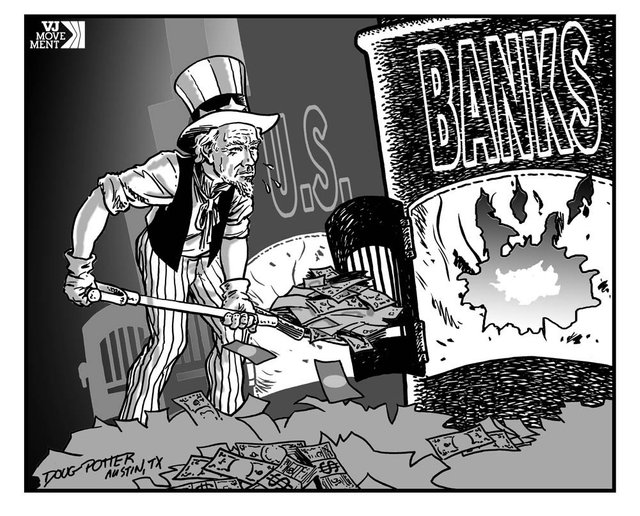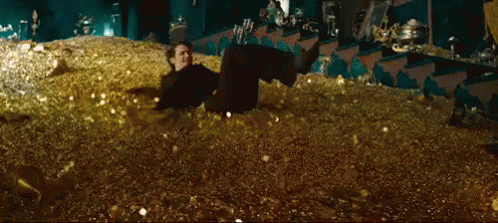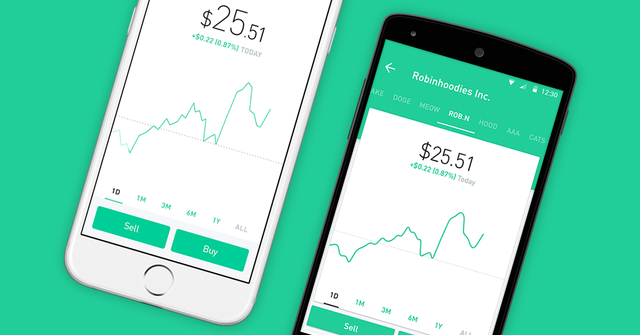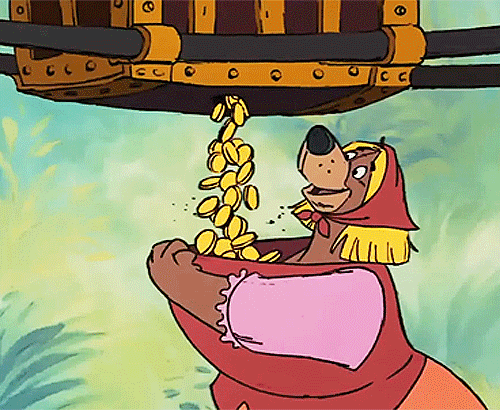How Do Gold and Silver Fair During Asset Deflation and Economic Recessions?
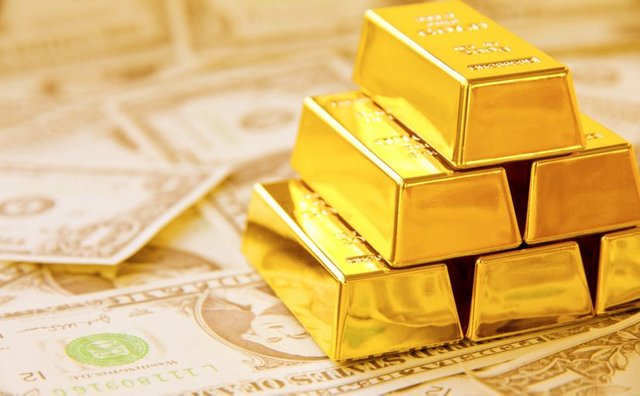
Gold has been considered a safe haven asset for over 100 years and has been used as money for over 5000 years. Even back during the times of the gold standard (prior to 1971), people would exchange their bank notes for physical gold during times of uncertainty when citizens feared the government would devalue their currency against the yellow metal.
Today, investors still consider gold to be a safe haven. It is a common recommendation to place 10% of your capital into gold bullion. Some investors even stack more of their wealth into gold as bull markets in equities become over-extended.
There are three questions you should keep in mind:
- What gives gold and silver their value?
- How do gold and silver perform during economic recessions?
- How do gold and silver perform during asset deflation?
Gold Production Cost:
Why is gold production cost important? Because selling any product on any market below it's cost of production cannot be sustained long term.
As of 2017, it costs around $1,083 on average to produce an ounce of gold. With a gold price of $1,250, 86.6% of golds value comes from mining costs.
Think of this as stored economic energy. The difficulty of mining gold and it's rarity give it value.
Gold's performance during recessions:
What is a recession?
According to wikipedia:
In economics, a recession is a business cycle contraction which results in a general slowdown in economic activity.[1][2]Macroeconomic indicators such as GDP (gross domestic product), investment spending, capacity utilization, household income, business profits, and inflation fall, while bankruptcies and the unemployment rate rise.

In 1973, the United States was facing a nasty situation with an oil trade embargo with Saudi Arabia and severe stagflation (high unemployment, high inflation). This led to uncertainty and doubt in the US Dollar right after the end of the gold standard by Nixon in 1971. Investors fled from the fiat currency and into gold. From 1973 to 1974 gold rose over 87%. However, from 1971 to 1980, gold rose from $240 per ounce to over $2,160 per ounce. That's about 900%.

- 1981: +0.1%.
- 1990: +1.6%.
- 2001: +5%
- 2007: +16%
It's safe to say that if you hold gold during an economic recession, you will most likely do well and at the very least break even.
Silver's performance during recessions:

- 1973: +46.6%
- 1981: +12.1%
- 1990: -21.0%
- 2001: -4.4%
- 2007: -5.6%
Pay Attention to Market Cap:
Keep in mind that silver is a much smaller market than gold. It's price rises faster and higher yet falls much harder.
The Dow Jones During Recessions:

- 1973: -6.6%
- 1981: +9.1%
- 1990: +0.3%
- 2001: -0.3%
- 2007: -36.3%
In my opinion, stocks are much more risky to hold during times of economic uncertainty.
Gold and silver during a deflation in equities:
What is Deflation?
Deflation is a contraction in the supply of circulated money within an economy, and therefore the opposite of inflation. In times of deflation, the purchasing power of currency and wages are higher than they otherwise would have been. This is distinct from but similar to price deflation, which is a general decrease in the price level, though the two terms are often mistaken for each other and used interchangeably.
Read more: Deflation https://www.investopedia.com/terms/d/deflation.asp#ixzz590xd0dkS
Follow us: Investopedia on Facebook
1972:
The Dow Jones

In 1972 the Dow Jones showed a high of 5,952 points. By 1982 the Dow had fallen all the way down to 2,055 points with a few up-ticks along the way. This is a decline of over 65% in a period of 10 years.
Gold

In the same time period (1972-1982), gold rose from $367 per ounce to $804 per ounce (+219%).
Silver

In this time period, silver went from $10.82 to $14.64 (+26%)
1987; Black Monday
The Dow Jones

In 1987, Black Monday led to an immense drop in the Dow from 5,770 points in August all the way down to 3,938 points in November (-31.75%).
Gold

In the same period of months, gold went from $998 to $1,045 (+.4.7%)
Silver

Silver went from $16.36 to $15.57 (-4.8%)
1999:
Dow Jones

In 1999 the Dow hit a top of 16,935 points and fell to it's bottom in 2002 of 10,393 points (-38.6%).
Gold

In 1999, gold was priced at $416 per ounce. By 2002 gold was priced at $436 per ounce (+4.8%).
Silver

Silver went from $7.85 to $6.20 (-21%).
2007:
Dow Jones

September of 2007 the Dow peaked at 16,521 and plummeted to 8,249 by 2009 (-50.1%).
Gold

Gold however went from being priced $847 per ounce to $1,111 (+31%).
Silver:

Silver went from $16.23 to $15.43 (-4.93%).
Overview:
There are a few key points to keep in mind when deciding if you want to use gold as a hedge against deflation and economic uncertainty:
- Gold has been used as a safe haven for investors since 1972, and for the general public back when you could exchange bank notes for gold.
- It costs 87% of the market value of gold to mine it.
- Gold averaged +5.68% during the 4 most recent economic recessions
- Silver averaged +6.93% during the 4 most recent recessions
- Gold averaged +64.89% during the 4 most recent deflationary periods in stocks
- Silver averaged -1.18% during the 4 most recent deflationary periods in stocks
Gold seems to be the best hedge against deflation and economic uncertainty, silver is a good secondary option, but tends to be weaker during deflationary pressure.
Your Options:
If you want to expose your portfolio to gold and silver prices, you can buy and ETFs.
GLD which tracks the price of gold and SLV which tracks the price of silver, can be bought on the robinhood stock trading app
One thing to remember is that if you can't hold it, you don't own it.
The best and safest way to expose yourself to the two metals is through buying physical bullion and coins.
Mining stocks track the gold and silver price well, but they aren't as stable during deflationary times since they are paper assets.
Stats gathered from macrotrends.net...
Disclaimer: I am not a financial advisor. The articles that I write are for educational purposes only. Do your own research and hold yourself accountable for the investments that you choose to make.
Thanks for Reading!
Attention! If you're interested in receiving a free share of stock, sign up for an account on Robinhood using my referral link:
http://share.robinhood.com/micahm18
Robinhood is the first zero fee stock market broker that offers free option trading, crypto trading, and much more. I make all my trades on this platform and pay no commission. This is a zero obligation sign up. All you need is your personal information such as your ssn, birthdate, and your name. Robinhood is an SEC and FINRA regulated company. It's monitored by the federal government and is 100% safe. But don't believe me, just look it up for yourself.
1 in 150 chance of getting a Facebook, Microsoft, or Apple Stock
1 in 90 chance of getting Ford, snapchat, or AMD stock
100% chance of getting a free stock
Robinhood... Taking from the rich, giving to the poor...
Follow me on social media:


